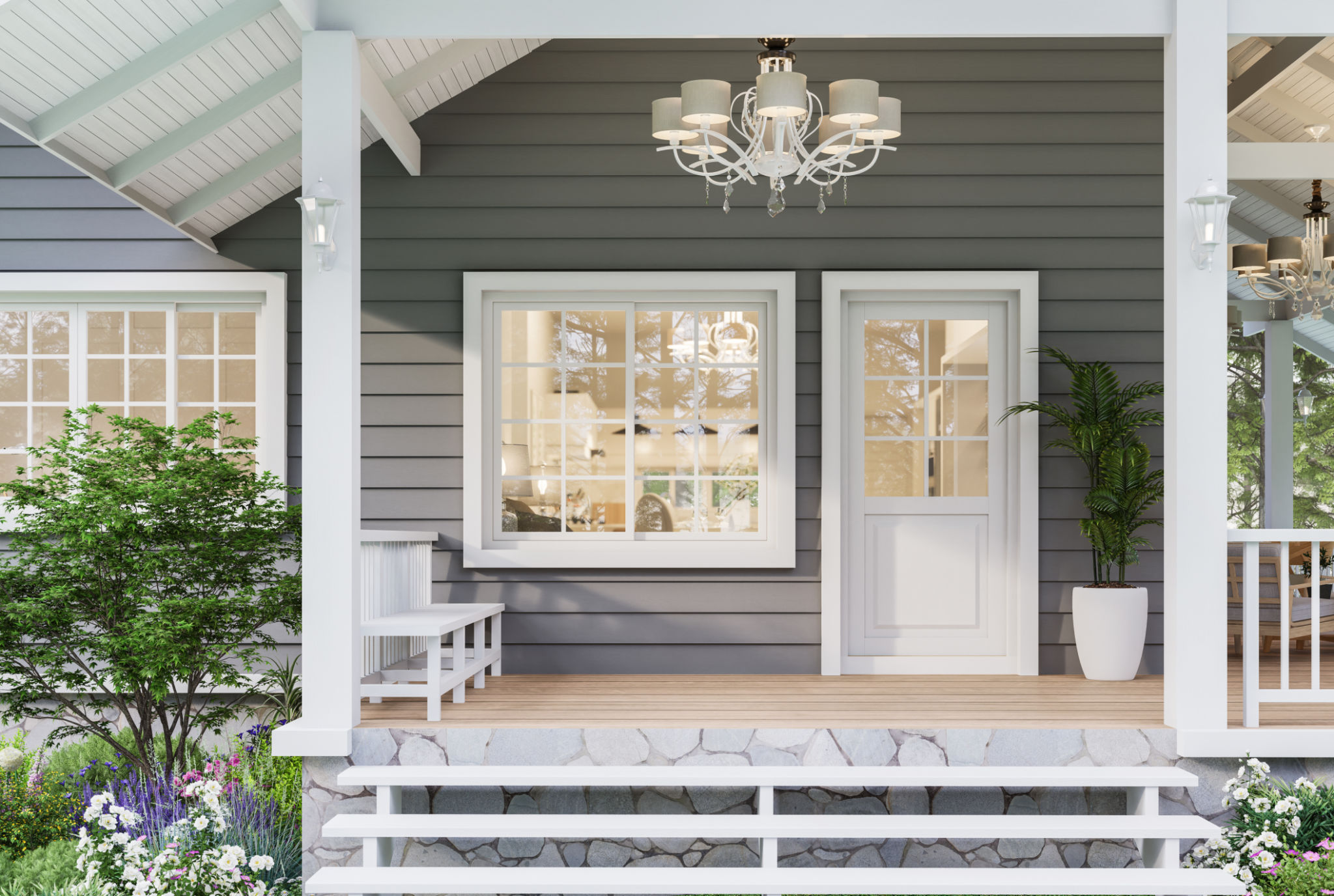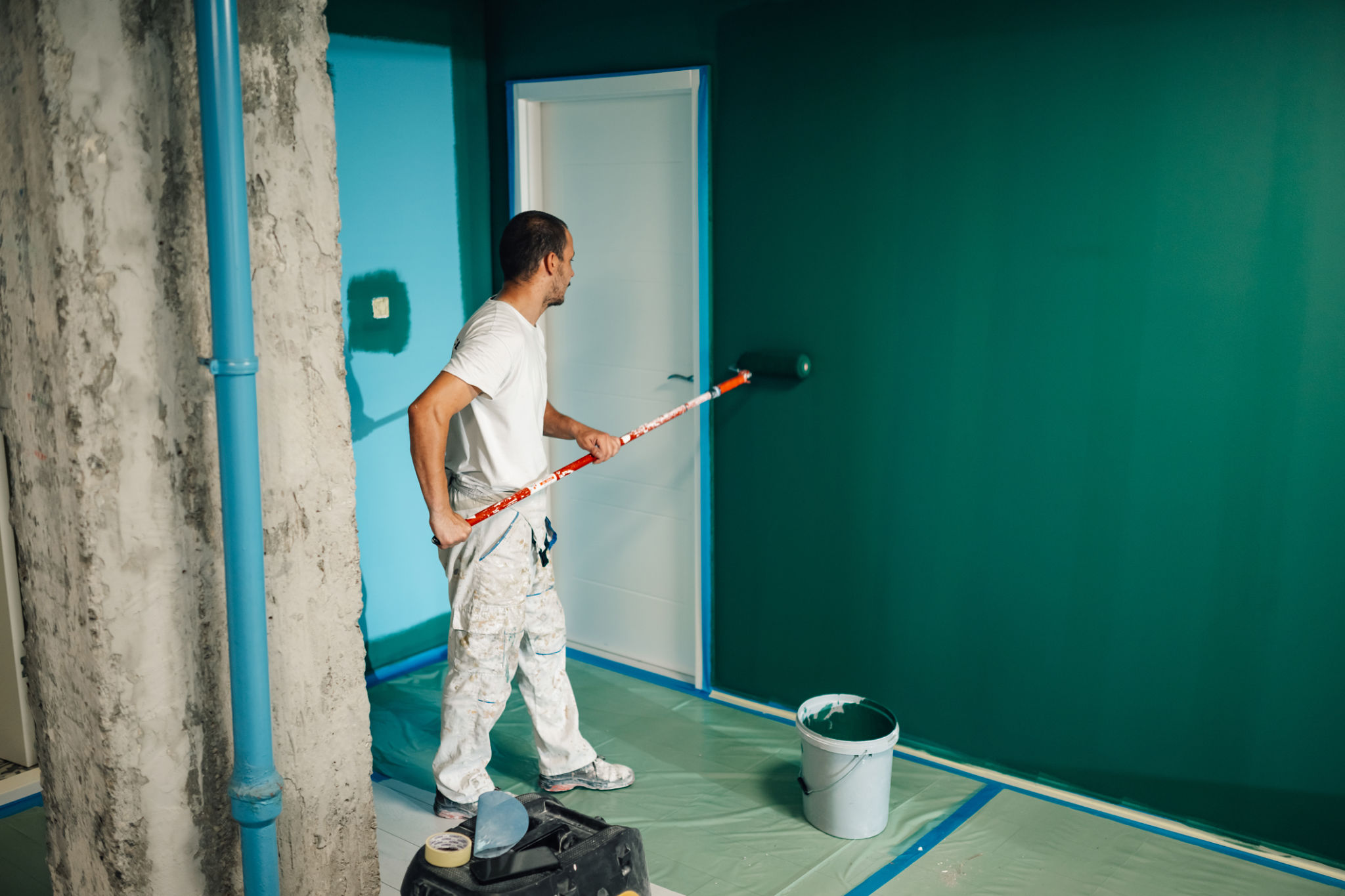How to Choose the Best Colors for Your Home's Curb Appeal
Understanding the Importance of Color in Curb Appeal
Choosing the right colors for your home’s exterior is crucial for enhancing its curb appeal. The colors you select can make a significant difference in how your home is perceived by guests and potential buyers. A well-chosen color palette can highlight architectural features, complement the landscape, and even influence the mood of passersby.
Colors can evoke emotions and set the tone for what to expect inside. For instance, warm colors like reds and yellows can create a welcoming atmosphere, while cool colors like blues and greens often offer a calming effect. Understanding these basic principles can help guide your decisions when selecting exterior colors.

Consider Your Home’s Architectural Style
When choosing colors, consider the architectural style of your home. Each style has its own traditional color palette. For example, Victorian homes often feature bold and diverse colors, while Colonial-style homes usually stick to more subdued tones. Selecting colors that align with your home’s architecture can accentuate its character and charm.
Consulting historical color charts for your home's design era can provide inspiration and ensure your choices are historically appropriate. This consideration not only preserves the integrity of your home but also enhances its aesthetic appeal.
Assess the Surrounding Environment
Your home doesn't exist in isolation; it is part of a larger environment. Take cues from your neighborhood's color schemes to ensure your home doesn't clash with its surroundings. While you want your home to stand out, it should do so harmoniously.

Additionally, consider the natural landscape around your home. If you live in a heavily wooded area, earthy tones might blend beautifully with nature. For homes near the coast, lighter blues or sandy beiges can echo the seaside vibe.
Choosing a Color Palette
When selecting a color palette, it's important to choose a primary color along with complementary accent colors. This approach creates a cohesive look that draws attention to specific architectural elements like shutters, trim, or doors.
- Primary Color: This is the main color for the body of the home.
- Accent Colors: Use these for shutters, doors, and other small details.
- Trim Color: Typically a lighter color that frames windows and doors.
A good rule of thumb is to use no more than three colors to avoid overwhelming the eye. This balance ensures that each color plays its part without overpowering the others.

Test Your Colors Before Committing
Once you have narrowed down your choices, it's essential to test them in small sections before committing. Paint swatches can look different in various lighting conditions, so observing them at different times of the day will give you a better idea of how they will ultimately appear.
Consider painting a small area on each side of your home or using digital tools that simulate different colors on your home's exterior. These strategies can prevent costly mistakes and ensure you're satisfied with your final choice.
Consult with Professionals
If you're uncertain about your color choices or need expert advice, don't hesitate to consult with a professional painter or designer. They can offer valuable insights and suggestions based on experience and current trends.
Professionals can also ensure that the paint you choose is durable and suitable for the climate in your area, providing long-lasting curb appeal that withstands weather conditions.

In conclusion, choosing the best colors for your home's curb appeal involves understanding color psychology, considering architectural style, assessing the environment, and testing before finalizing. With careful planning and consideration, you can transform your home's exterior into a stunning visual statement that reflects your personal style and enhances its overall appeal.